Take a closer look at the ingredients that make our food so unique

Aji Amarillo is one of the ingredients of Peruvian cuisine and Bolivian cuisine. It is used as a condiment, especially in many dishes and sauces. In Peru the chilis are mostly used fresh, and in Bolivia dried and ground. Common dishes with ají “amarillo” are the Peruvian stew Ají de Gallina (“Hen Chili”), Huancaina sauce and the Bolivian Fricase Paceno, among others.
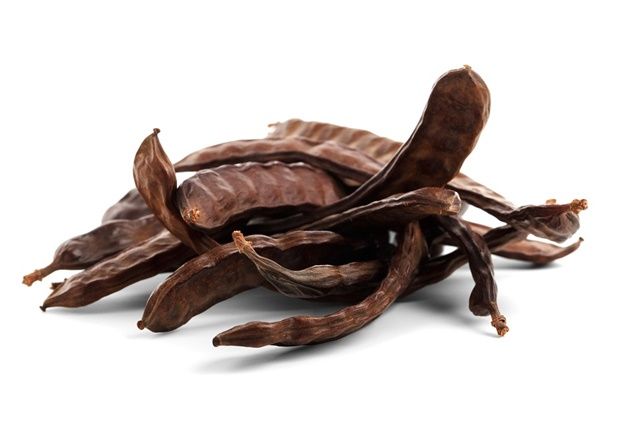
Algarrobina is a syrup made from the Black Carob tree, it is popular in Peruvian cuisine and can be used in smoothies, cocktails, or simply in milk. It has high levels of protein and vitamins.
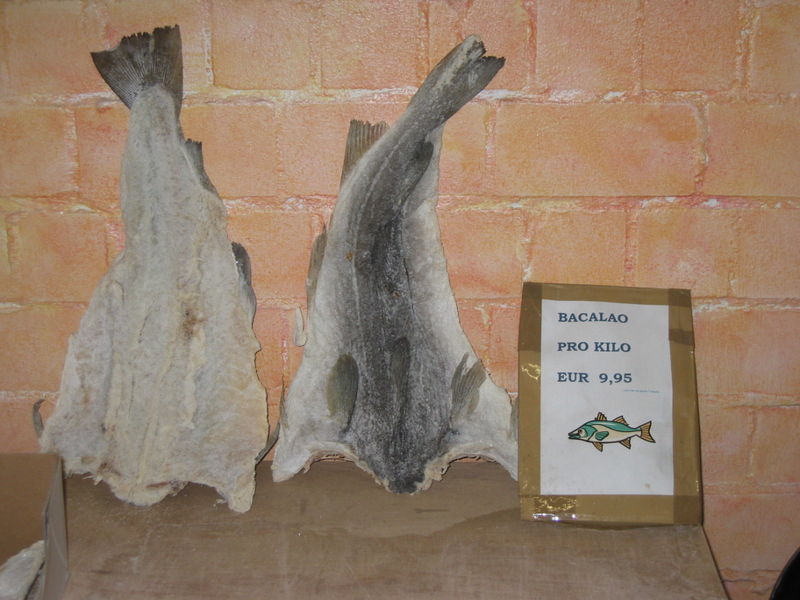
Dried and salted cod, sometimes referred to simply as salt cod, is cod which has been preserved by drying after salting. Cod which has been dried without the addition of salt is stockfish. Salt cod was long a major export of the North Atlantic region, and has become an ingredient of many cuisines around the Atlantic and in the Mediterranean.
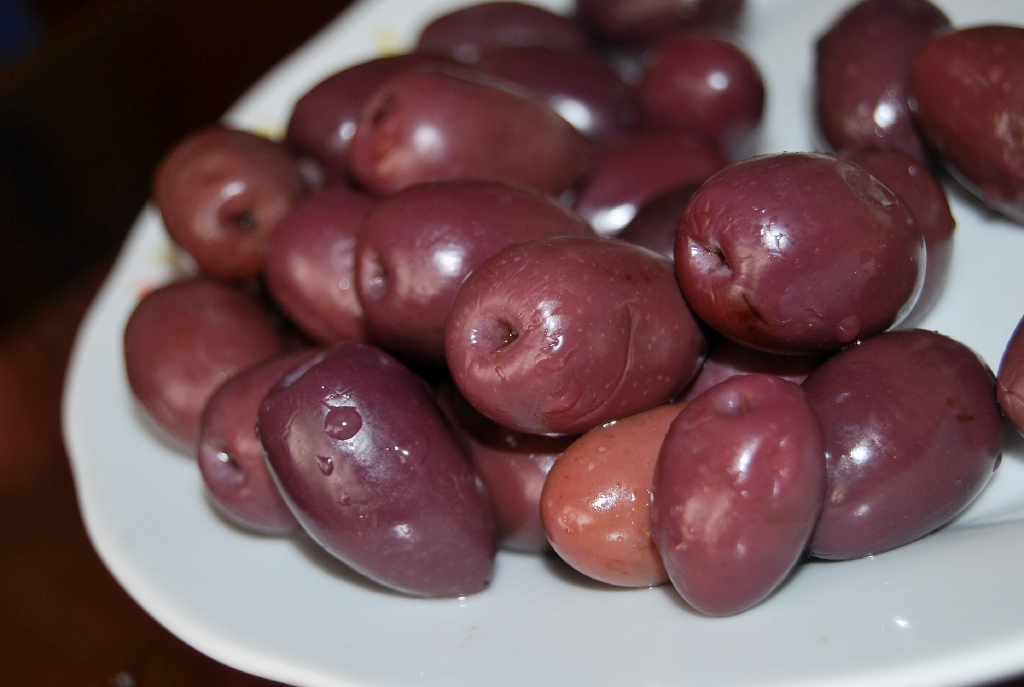
Botija olives are an older variety of olive that is much less refined and hybridized. This means they are much drier, and contain less oil. Since oil is a yin substance, these olives are much more yang than most others, and this is one reason they are recommended while the others are not nearly as good. Botija olives are from Peru and they are sold fresh or dried. They are not sold much at health food stores, but they are available via the internet.
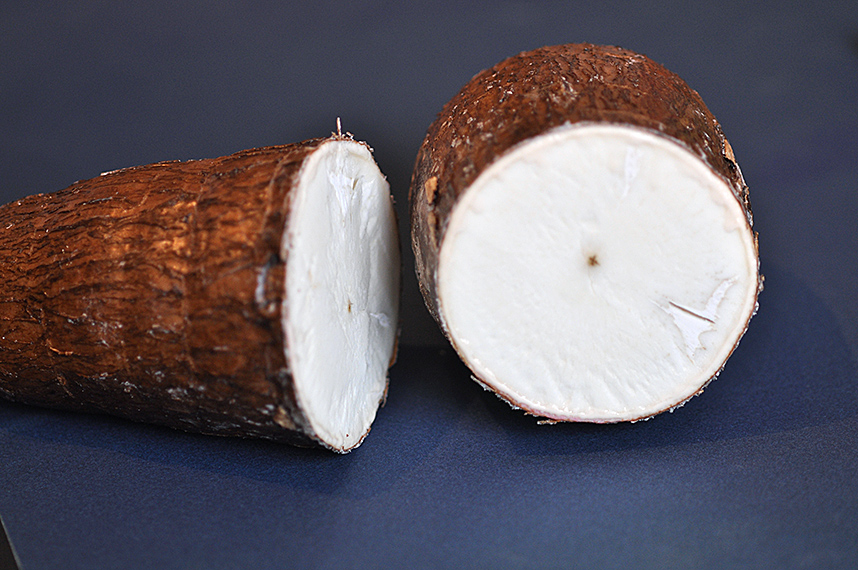
Manihot esculenta (commonly called cassava, manioc, yuca, mandioca and Brazilian arrowroot) is a woody shrub native to South America of the spurge family, Euphorbiaceae. It is extensively cultivated as an annual crop in tropical and subtropical regions for its edible starchy tuberous root, a major source of carbohydrates.
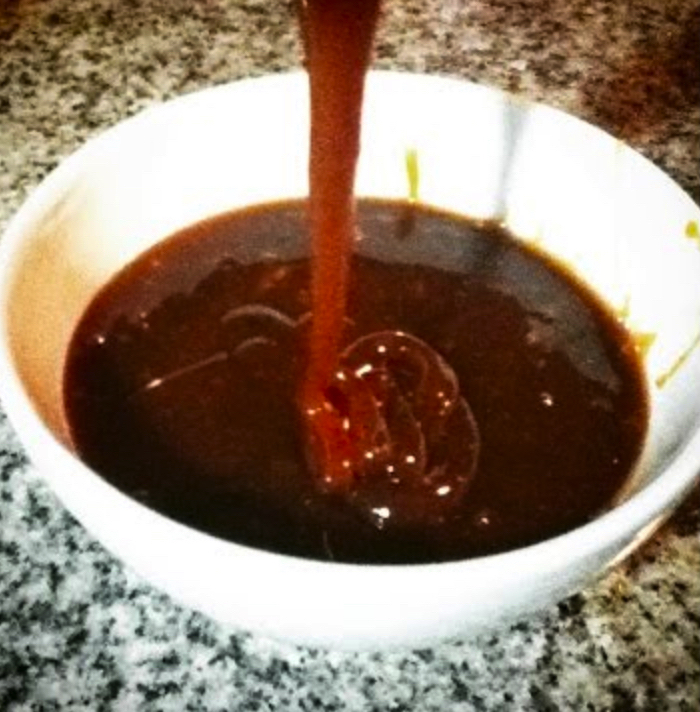
Chancaca is a typical Peruvian, Bolivian, and Chilean warm, sweet sauce made of raw unrefined sugar from sugarcane. It is often flavored with orange peel and cinnamon, and is consumed on sopaipillas or picarones.
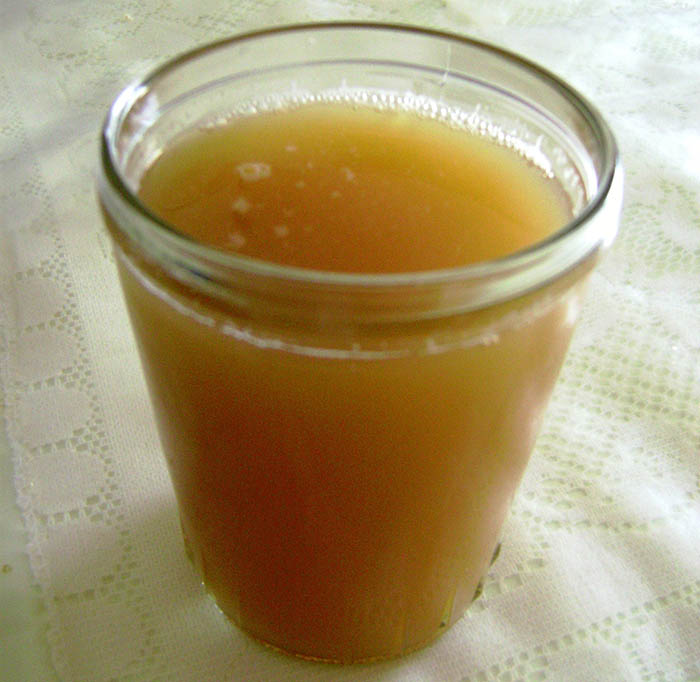
Chicha de jora, a type of root fruit beverage (casava) corn beer in a glass. Chicha de jora is a corn beer chicha prepared by germinating maize, extracting the malt sugars, boiling the wort, and fermenting it in large vessels (traditionally huge earthenware vats) for several days. The process is essentially the same as the process for the production of regular beer. It is traditionally made with corn. Some add quinoa or other adjuncts to give it consistency, then it is boiled. Chancaca, a hard dried sugar cane (not refined), helps with the fermentation process.
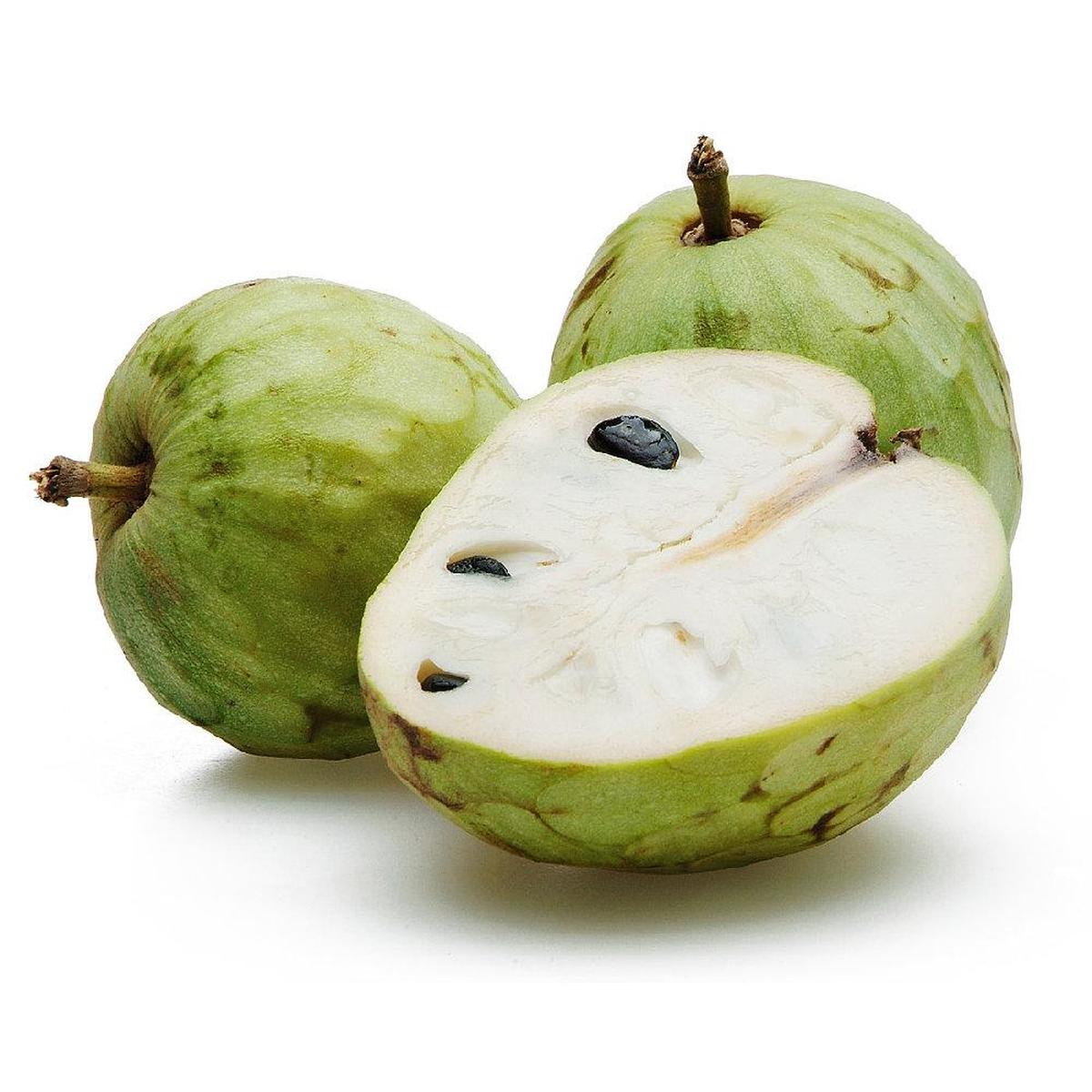
Chirimoya is an edible fruit-bearing species of the genus Annona from the family Annonaceae. It is generally thought to be native to Colombia, Ecuador, Peru and Bolivia, spreading through cultivation to the Andes and Central America. The creamy texture of the flesh gives the fruit its secondary name, custard apple.
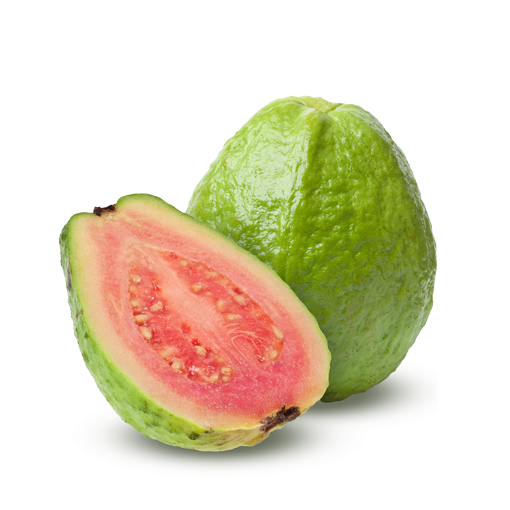
Guavas are common tropical fruits cultivated and enjoyed in many tropical and subtropical regions. In many countries, guava is eaten raw, typically cut into quarters or eaten like an apple, whereas in other countries it is eaten with a pinch of salt and pepper, cayenne powder or a mix of spices (masala). The entire fruit is a key ingredient in punch, and the juice is often used in culinary sauces (hot or cold), as well as artisan candies, dried snacks, fruit bars, desserts, or dipped in chamoy.
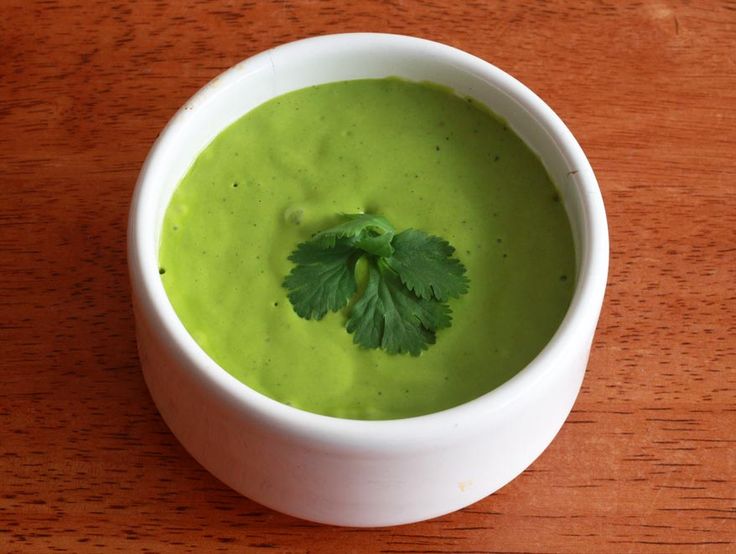
Huacatay is a cream sauce prepared with the leaves of black mint, and blended with other ingredients to accompany various Peruvian dishes. Although it is a cream sauce especially for Peruvian parrillada and Peruvian pollada, it is prepared for other less common meals. Cream of black mint has a green color, thick texture, and pleasant taste. Its preparation is easy, and the time you need to make it is quick.
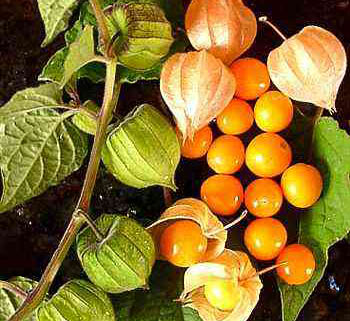
Physalis peruviana, a plant species of the genus Physalis, has its origin in the present day region of Chile and Peru. The plant and its fruit are commonly called Cape gooseberry, goldenberry or physalis, among numerous regional names.
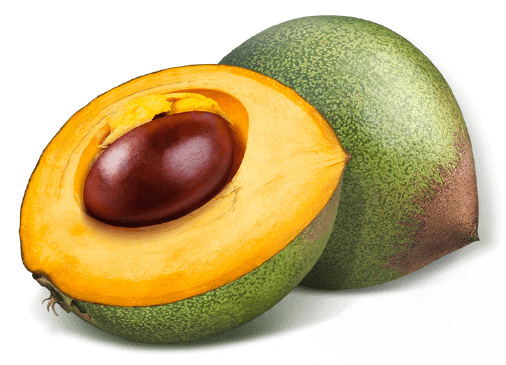
Lucuma is a fruit that comes from a species of tree called the pouteria lucuma. It is native to the Andean valleys and grown in Peru, Ecuador and Chile. When eaten raw, the fruit has a dry texture. In Peru, it is more commonly used as a flavor in juice, milk shakes, and especially ice cream. Its unique flavor in such preparations has been described variously as being similar to sweet potato, maple syrup, or butterscotch.
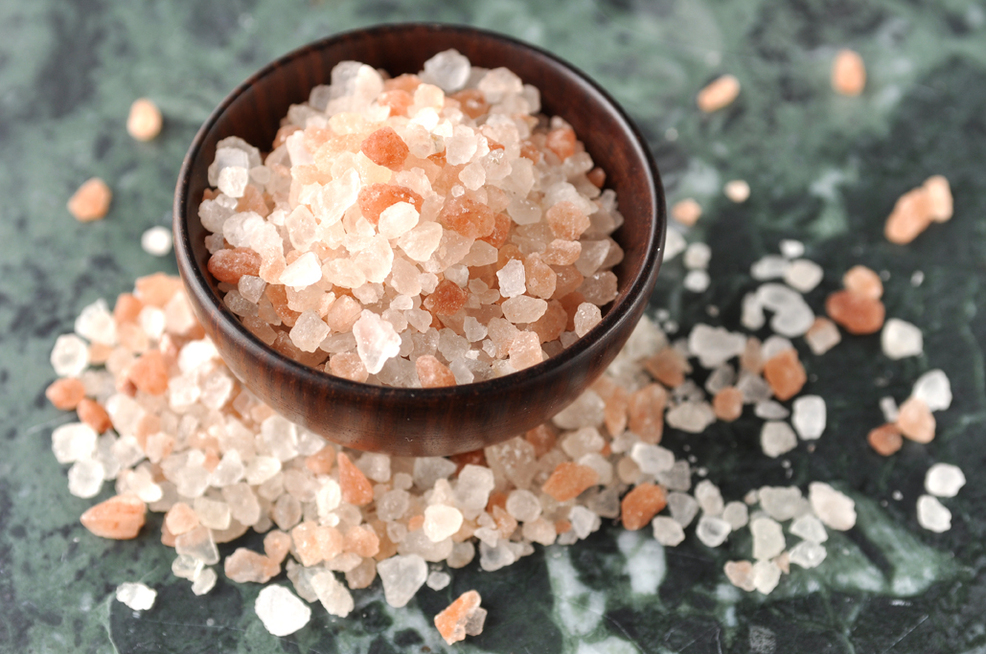
Maras is a town in the Sacred Valley of the Incas, 40 kilometers north of Cuzco, in the Cuzco Region of Peru. Since pre-Inca times, salt has been obtained in Maras by evaporating salty water from a local subterranean stream.

The arapaima, pirarucu, or paiche are any large species of bonytongue in the genus Arapaima native to the Amazon and Essequibo basins of South America. Genus Arapaima is the type genus of the family Arapaimidae. They are among the world’s largest freshwater fish, reaching as much as 9.8 ft.
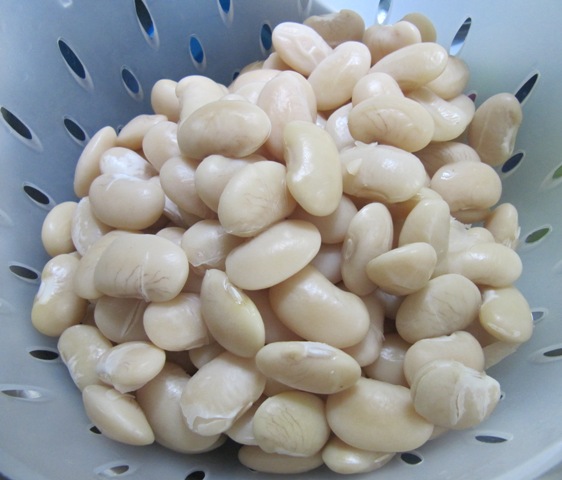
Packed with fiber, vitamins, and minerals, the lima bean is one of the most nutritious foods in the world. A favorite in the American South, limas are actually named after the capital of Peru, and they have more nicknames than any other bean: butter bean, Rangoon bean, Burma bean, Madagascar bean, and chad bean. Like common beans, they originated in Peru where they were cultivated even before corn. They are so entrenched in Peruvian culture that they appear on the pottery of the Moche people, who inhabited northern Peru in the 15th century.
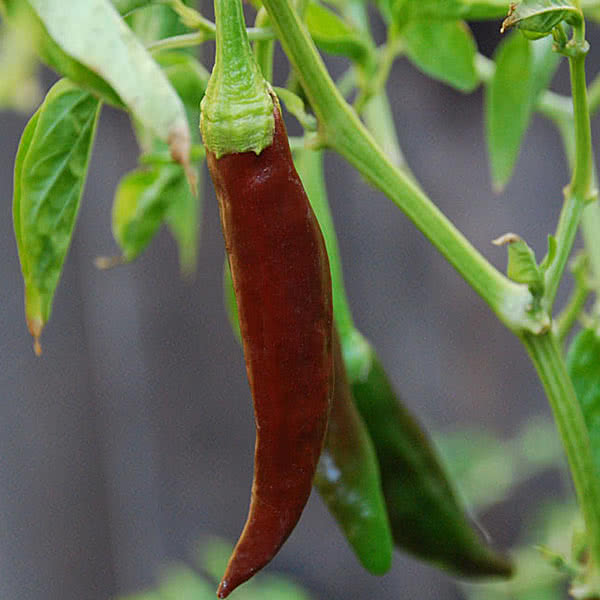
Ají panca, Peruvian red pepper, is a variety of Capsicum baccatum (a chili pepper) grown in Peru and used in Peruvian cuisine. It is commonly grown on the coast of Peru and measures 3 to 5 inches long and 1 to 1 1/2 inches across. It has thick flesh and fruity overtones, it turns deep red to burgundy when ripe. It is commonly sun-dried at the farms and sold dry. It is very mild and if deseeded and deveined is considered to have no heat but is instead used for its flavor and color.
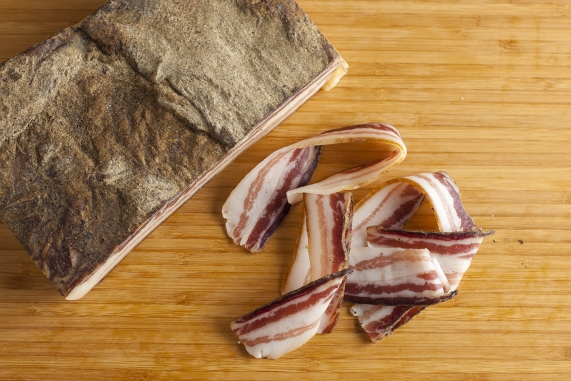
Pancetta is an Italian bacon made of pork belly meat, that is salt cured and spiced with black pepper, and sometimes other spices. Pancetta in Italy is often consumed raw. This particular variety is from the southern Italian region of Abruzzo, east of Rome.
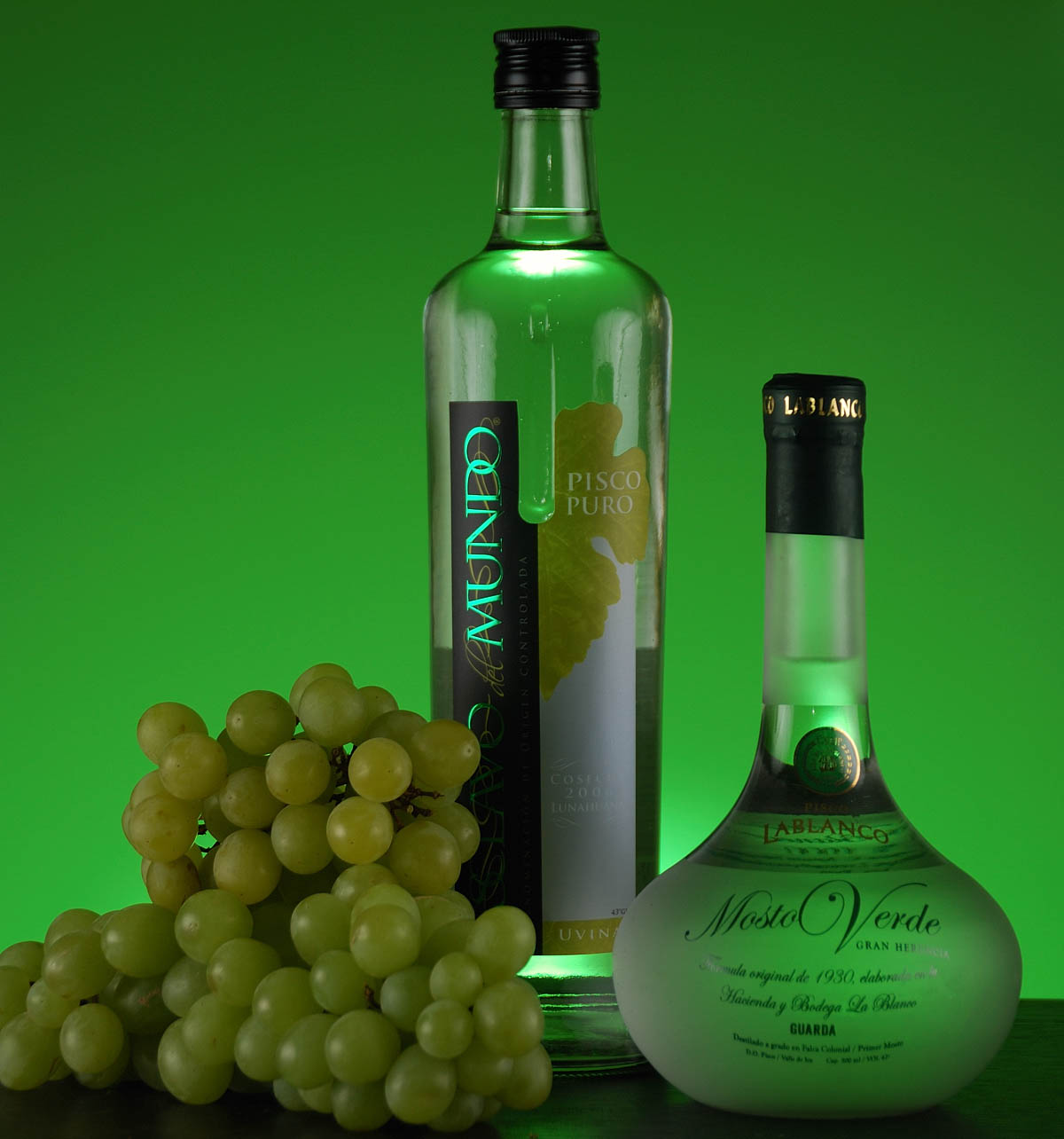
Pisco is a colorless or yellowish-to-amber colored brandy produced in winemaking regions of Peru and Chile. Made by distilling fermented grape juice into a high-proof spirit, it was developed by 16th century Spanish settlers as an alternative to orujo, a pomace brandy that was being imported from Spain. It had the advantages of being produced from abundant domestically grown fruit and reducing the volume of alcoholic beverages transported to remote locations.
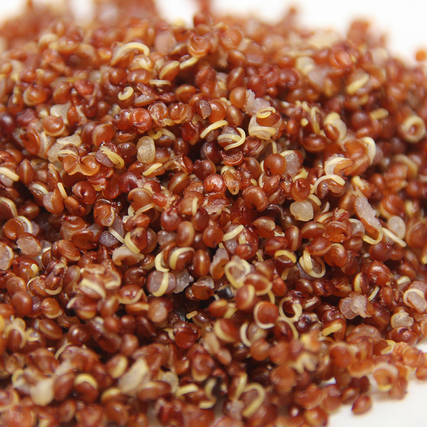
Quinoa was first domesticated by Andean peoples around 3,000 to 4,000 years ago. It has been an important staple in the Andean cultures where the plant is indigenous but relatively obscure to the rest of the world.The Incas, who held the crop to be sacred, referred to it as chisoya mama or “mother of all grains”, and it was the Inca emperor who would traditionally sow the first seeds of the season using “golden implements”.
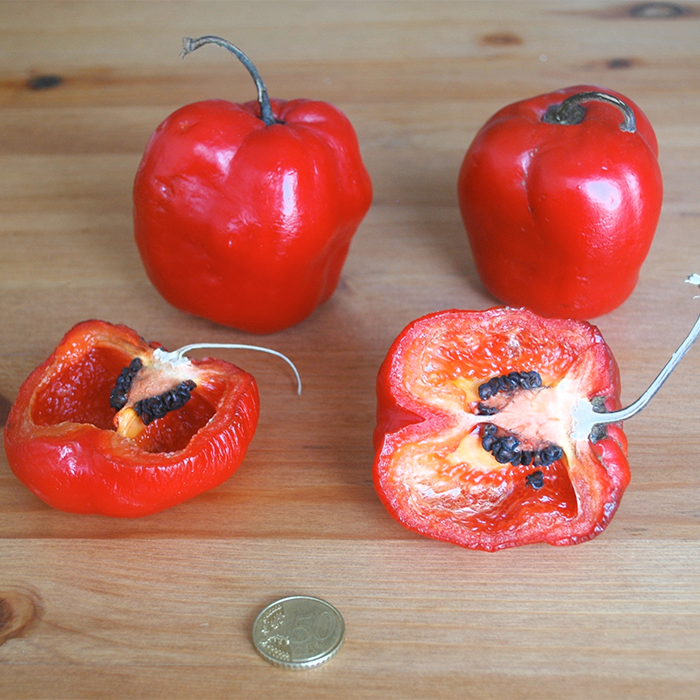
Capsicum pubescens is a species of the genus Capsicum (pepper), known in Ecuador and Peru as rocoto (Quechua, rukutu, ruqutu), locoto in Bolivia & Argentina (Aymara, ‘luqutu’) and as the “Manzano” pepper in Mexico which means “apple” for its apple-shaped fruit. This species is found primarily in Central and South America, and is known only in cultivation. The species name, pubescens, means hairy, which refers to the hairy leaves of this pepper. The hairiness of the leaves, along with the black seeds, distinguish this species from others. As they reach a relatively advanced age and the roots lignify quickly, sometimes they are called tree chili.
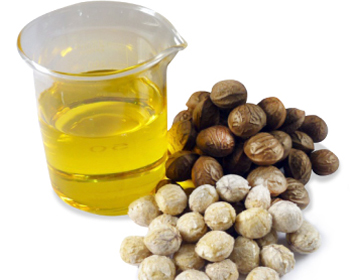
Sacha inchi nut oil is extracted by pressing from the seeds and flesh of the fruit of the Plukenetia volubilis, or pracaxi, a tree native to the area surrounding the Amazon River. Sacha Inchi oil has with approximately 50% a very high content of the omega-3 fatty acid alpha-linolenic acid, which makes it comparable only to flaxseed oil.
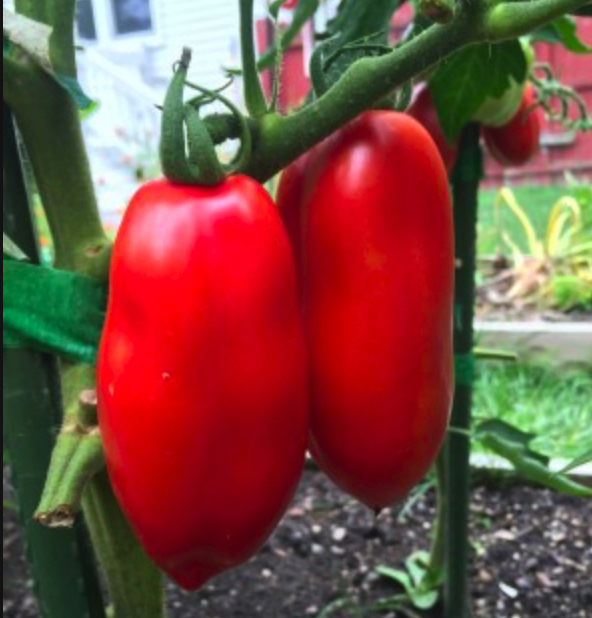
San Marzano tomato is a variety of plum tomato. Compared to the Roma tomato, San Marzano tomatoes are thinner and more pointed. The flesh is much thicker with fewer seeds, and the taste is stronger, sweeter and less acidic. San Marzano tomatoes originate from the small town of San Marzano sul Sarno, near Naples, Italy, and were first grown in volcanic soil in the shadow of Mount Vesuvius.
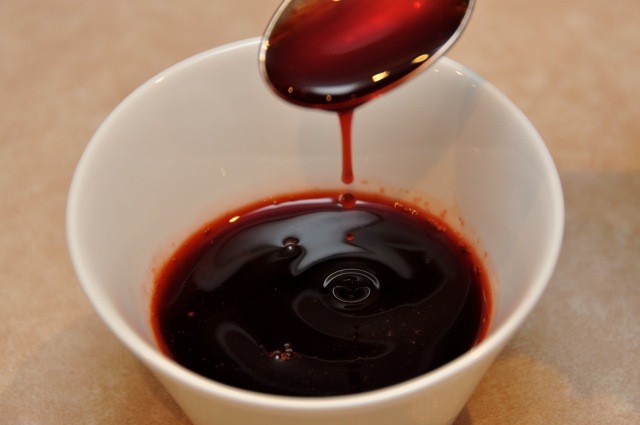
Vincotto (translated as “cooked wine”) is a dark, sweet, thick paste produced by country people in the Emilia Romagna, Veneto, Lombardy, Apulia, and Marche regions of Italy. It is made by the slow cooking and reduction over many hours of non-fermented grape must until it has been reduced to about one-fifth of its original volume and the sugars present have caramelized. It can be made from a number of varieties of local red wine grapes, including Primitivo, Negroamaro and Malvasia Nera, and before the grapes are picked they are allowed to wither naturally on the vine for about thirty days.

White shrimp have a more mild flavor with notes of natural sweetness because they’re found in areas with less salinity, like brackish estuaries and bayous. If you boil or sauté them, they’ll soak in the nuances of the sauces and seasonings quite nicely.